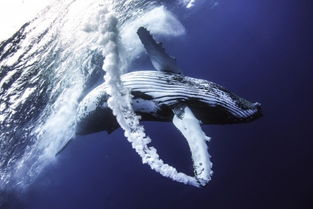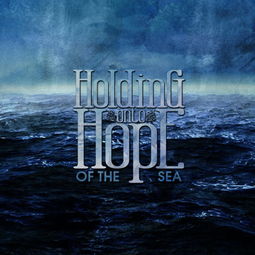Content:
Introduction: Fishing is an age-old pastime that brings joy and relaxation to enthusiasts worldwide. One of the most intriguing and unique fish to catch is the mud eel, also known as the European eel. Known for their elusive nature and slender bodies, these fish can be quite a challenge to catch. However, with the right baiting and luring techniques, you can increase your chances of success. In this article, we will delve into the world of mud eel fishing, providing you with valuable insights on how to effectively rig your hooks and employ fishing techniques to entice these fascinating creatures.
Choosing the Right Bait: To catch mud eels, it is essential to use the right bait. These fish are attracted to a variety of live and dead baits. Some popular choices include:
- Nightcrawlers: These earthworms are a favorite among mud eel enthusiasts due to their high protein content and enticing scent.
- Minnows: Small fish like gudgeon or roach can be an excellent choice as they mimic the natural prey of mud eels.
- Fish baits: Cut pieces of fish, such as mackerel or herring, can also be effective.
Rigging the Hook: When it comes to rigging the hook for mud eel fishing, there are a few key points to consider:
- Use a strong, sharp hook: Mud eels have a powerful bite, so it is crucial to use a hook that can withstand their strength.
- Size matters: A size 6 or 8 hook is generally suitable for most mud eel fishing situations.
- Single or double? Some anglers prefer using a single hook, while others opt for a double rig. The choice depends on personal preference and the specific fishing situation.
- Attaching the bait: Thread the bait onto the hook, ensuring it is securely attached. Avoid overcrowding the hook, as this can deter the mud eel from taking the bait.
Presenting the Bait: The way you present the bait can significantly impact your success in catching mud eels. Here are some effective techniques:

- Trolling: Trolling is a popular method for catching mud eels. Attach the bait to a sturdy fishing line and slowly reel it through the water. The motion of the boat or hand-reeling can mimic the movement of natural prey, attracting the mud eels.
- Casting: Casting is another effective technique. Cast the bait out into the water and allow it to sink to the desired depth. Then, retrieve it at a slow and steady pace, giving the mud eel enough time to investigate the bait.
- Jigging: Jigging involves quickly moving the bait up and down in the water column. This technique can be particularly effective in areas with strong currents or where mud eels are hiding in rocky or brushy terrain.
Finding the Right Spot: Mud eels are often found in shallow waters, near structures such as rocks, logs, or weed beds. To increase your chances of success, consider the following tips:
- Conduct research: Before heading out, gather information about potential mud eel hotspots in your area. This can include local rivers, lakes, or coastal areas.
- Look for signs: Keep an eye out for signs of mud eels, such as burrows in the riverbed or disturbed substrate.
- Be patient: Mud eels can be elusive, so it is essential to be patient and persistent. Spend time exploring different areas and adjusting your techniques accordingly.
Safety and Conservation: While fishing for mud eels, it is crucial to prioritize safety and conservation:
- Follow local regulations: Adhere to any fishing regulations or bag limits specific to your area.
- Use sustainable practices: Ensure that you handle and release mud eels with care, minimizing stress and injury.
- Respect the environment: Keep the fishing area clean and leave no trace of your presence.
Conclusion: Fishing for mud eels can be an exciting and rewarding experience. By understanding the unique characteristics of these fish and employing effective baiting and luring techniques, you can increase your chances of success. Remember to choose the right bait, rig your hook properly, and present it in an enticing manner. Additionally, be mindful of safety and conservation practices to ensure a sustainable and enjoyable fishing experience. Happy fishing!












